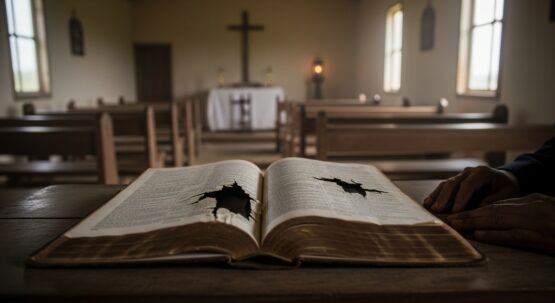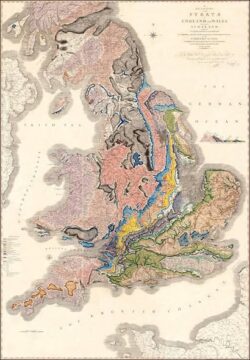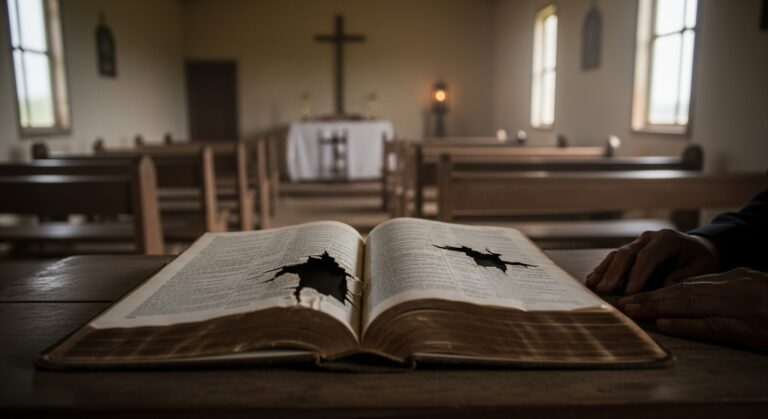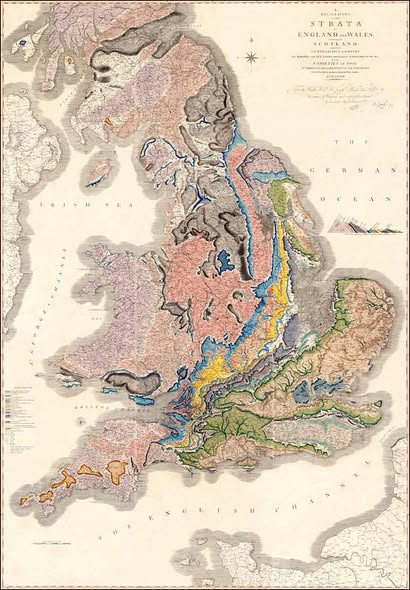What happens when an entire world closes its doors to you?
You build your own.
That is the story of America’s Black yacht clubs, and it began in the quiet spaces where people were told they did not belong. When marinas refused entry and private clubs turned away Black sailors, a different kind of maritime community began to form. It was built from the same elements as any other tradition—wood, water, wind—but it carried a deeper purpose. It was a form of resistance that floated.
The story starts in Washington, D.C., on the Anacostia River. The year was 1945, and Lewis T. Green, a public school teacher who loved boats, had been turned away again from yet another whites-only marina. The rejections were routine by then, but Green did something unexpected. He found a small, marshy plot of land along the river, the kind that most people ignored, and decided to turn it into a dock for people like him.
It was not easy. There was no funding, no equipment, and no permission from the comfortable yacht clubs across town. But Green had help from friends who believed in the idea, including Mary McLeod Bethune, who was already a legendary advocate for Black education, and even Eleanor Roosevelt, who helped him find federal support. Together they transformed that rough patch of land into what became the Seafarers Yacht Club.
By the time it officially opened, it was one of the first Black yacht clubs in the country. The Seafarers were not trying to prove a point. They just wanted a place to gather, to sail, to build, and to teach. The club became both a marina and a school, where older members taught young people how to navigate, repair engines, and respect the water.
That single act of creation inspired others. In nearby Annapolis, another group of sailors—many of them connected to Green—established the Seafarers Yacht Club of Annapolis in the late 1940s. The city was famous for its naval traditions, but few people talked about the Black mariners who had worked its docks for generations. Their new club changed that, not through protest or confrontation, but by building a space of their own.
Similar stories appeared in other cities. In Chicago, Black boaters formed communities along the South Side lakefront, where the Jackson Park Yacht Club became a center of sailing and social life. On the Chesapeake Bay, Black sailors later founded the Universal Sailing Club, a group dedicated to preserving the culture and teaching the next generation. Each of these places grew quietly, often in neglected corners of harbors or rivers that others avoided.
What tied them together was more than the love of sailing. It was a belief that access to the water was a form of freedom. The members were teachers, mechanics, postal workers, and professionals who built boats by hand or bought them secondhand. Many had been denied fuel or slip rentals at other marinas, so they learned to fix their own engines and share parts among members. They became experts not just in navigation, but in perseverance.
The discrimination they faced was rarely written down. Officially, many clubs claimed their memberships were “full.” Some said nothing at all. But in the oral histories of those who lived it, the pattern is clear. Doors that opened for others remained closed for them. When they built their own, those same doors looked the other way, pretending these new clubs did not exist.
That quiet exclusion is what makes this history so easy to erase. There was no headline announcing that Black sailors were unwelcome. There were simply years of polite refusals and silent denials, followed by decades of silence in the historical record. The result is that whole institutions—real, thriving, decades old—barely appear in mainstream accounts of American boating culture.
Inside these Black yacht clubs, life went on as it always does in communities built from determination. Families gathered for picnics along the docks. Children learned to swim and to tie knots. Regattas were organized, trophies awarded, and holidays celebrated. The clubs became second homes, places where skill and self-respect were passed down like family heirlooms.
Over time, many of these organizations expanded their purpose. They offered scholarships, youth sailing programs, and environmental cleanups. Some members went on to serve in the Coast Guard or pursue maritime careers that had once been out of reach. The boats were the visible part of the story, but underneath was something larger: a tradition of self-reliance, dignity, and memory.
It is easy to see these stories as small or local, but together they tell something profound about American life. When a society bars people from its institutions, those people often create new ones—and those new spaces become living archives of resilience. Black yacht clubs are a reminder that freedom is not always loud. Sometimes it is a boat pushed into the water by hands that have built everything from scratch.
If you look closely at the Seafarers’ docks in Washington today, you can still feel that history in the worn planks and the slow movement of the river. It is there in the voices of members teaching navigation to children, in the flags fluttering from masts that once would have been turned away. It is there in the simple fact that they endured.
And it raises a quiet question: if entire institutions could exist for generations without recognition, what else has been hidden in plain sight? What other histories are sitting just beyond the frame of the official record, waiting for someone to look again?
If this story made you pause, do not let it disappear again. Search the archives. Visit the clubs that still stand. The truth is there, steady as the tide, waiting for those who are willing to see it.
Follow us on Facebook and Instagram for the latest updates and exclusive content!










